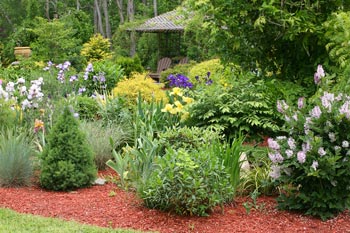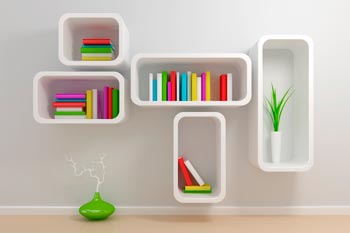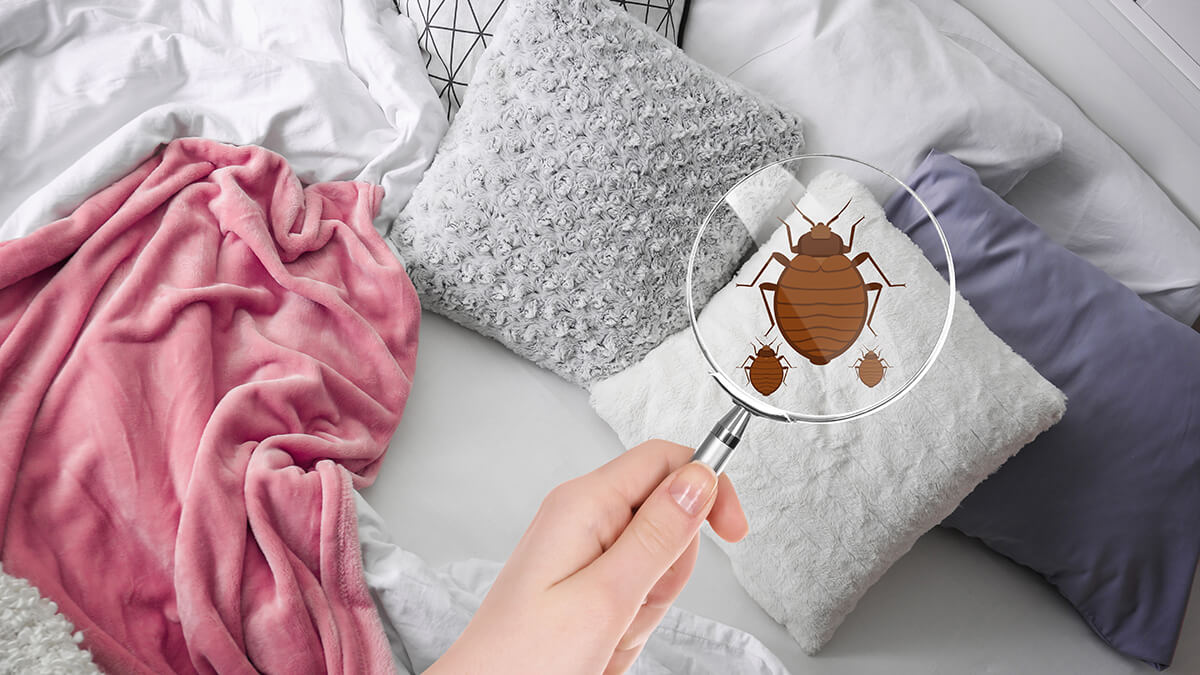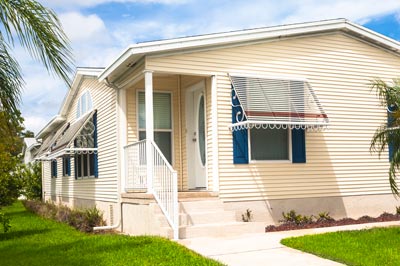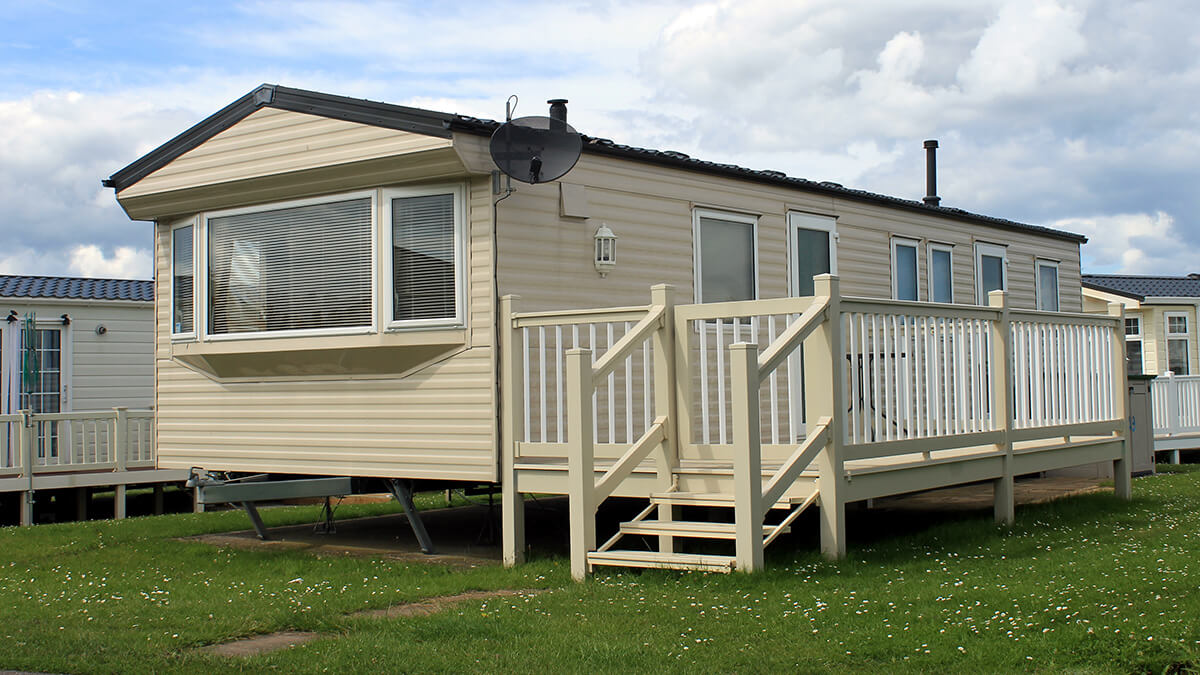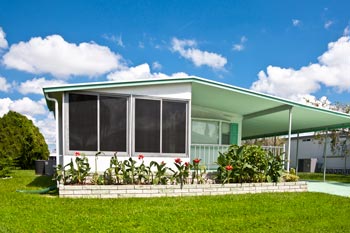Small vegetable garden
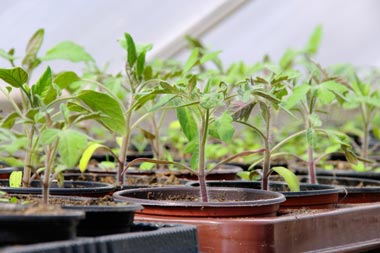
Plant your favorite vegetables in containers for a small space garden that yields a harvest of fresh produce. If you have a sunny place on your patio or deck, you have enough room to grow a wide variety of container veggies. Growing vegetables in pots puts the plants within easy reach for a quick snack or meal. Imagine the convenience of fresh tomatoes, lettuce, radishes, beans and peppers that thrive just steps from your kitchen door.
Stretch your growing space by arranging containers closely in groups, or place pots on pedestals and stands to bring them to eye level. Wall pots, window boxes, and boxes fastened to railings can create garden space where there didn't seem to be any. Stick a single or double type Shepard's Hook in the ground near your door to support hanging baskets of cherry tomatoes, snap peas or strawberry vines. Grow veggies with vertical impact like pole beans in pots next to lower growing plants. Train climbing vines of squash or cucumbers along a railing or trellis to create height and save space. Planters can also be attached to a nearby fence, lamppost or tree.
Container basics
Although it only takes a few containers to bring home grown food to your table, be sure to choose the right size and shape pot for each plant. A good container should be large enough to provide room for soil and roots. Since proper drainage is the key to growing healthy veggies, the pot must have bottom drainage and enough headroom for proper watering.
Think big when buying containers. A common mistake is using a pot that's too small. If the container is too small, the plant may topple over, become root bound, dry out or not develop properly. When a pot is too large, the soil holds water too long, and the plant's roots will rot. Most veggies grow rapidly in a container that holds at least 5 gallons of soil.
Terra cotta or clay pots are a natural choice for container grown vegetables. They are available in shades of earthy beige, brown, pink, or off-white, depending on the clay used to make them. Unglazed clay pots are popular due to their low cost and their ability to allow air and water to move through their walls.
Plastic is among the most practical of all container materials. Good plastic pots are tough, tolerate freezing and thawing, and retain moisture well. Improvements in plastic design have resulted in affordable prices and a variety of container styles previously unavailable. Plastic pots with grapevine designs and basket weave patterns are popular choices, but you can select from a huge variety of other attractive embossed containers.
Wooden containers, made from rot resistant redwood, cedar or cypress, require more frequent watering but provide insulation from extreme temperatures. Try versatile concrete, cast-iron metal, fiberglass, polyurethane foam, pressed paper, or even wire. For something really unusual consider an old wheelbarrow, iron pot, whiskey barrel or half barrel. Just make sure the container is large enough for the vegetable you're planting, provides good drainage and gets a lot of sun.
The right mix
Plant your vegetables in the highest quality potting mix you can find. Nothing determines the success of vegetables grown in containers as much as a good potting mix. It may surprise you to learn that the best potting mixes do not actually contain garden soil. Instead, they are made with ingredients such as sphagnum peat moss, composted bark, vermiculite, perlite, and sand.
When shopping for potting mix, look for a bag that lists quality ingredients and gives a satisfaction guarantee. In general, veggies prefer a potting mix that holds plenty of moisture but won't be too soggy. A standard mix is designed to sustain plant growth with little or no enhanced growth capability. A premium mix includes additions such as fertilizer, wetting agents, and extra water-holding capacity. Although they're more expensive, premium mixes are usually a better buy because they take the guesswork out of container gardening.
Choosing your veggies
New varieties of early maturing, compact, dwarf, or baby types of vegetables make it easier and faster than ever to improve your chance of success. Miniature edibles like “Tom Thumb” lettuce, “Tiny Tim” tomatoes, “Little Finger” carrots and “Golden Midget” corn are popular choices. Varieties of cabbage, bush squash, bush cucumbers, eggplant, beets, and snap peas have also been down sized to fit almost any container.
Standard size vegetables, like salad greens, beans, peas, peppers, squash and tomatoes also provide a productive and tasty container crop. Gourmet greens like arugula, endive, garden cress, and radicchio can be grown in the same pot with romaine, endive or leaf lettuce.
Perk up your summer stir-fry with compact summer squash like “EightBall” or “Spacemiser” zucchini. Plant colorful peppers, ranging from sweet varieties “California Wonder”, “Sun Bell” or “Patio Bell” to hot peppers like “Thai Dragon” and “Habanero” for extra zest. Even small eggplants like “Bambino” and “Ichiban” grow beautifully in a container, as do “Blue Lake” bush beans and “Kentucky Blue” pole beans.
No container vegetable garden would be complete without tomatoes. Cherry tomatoes are easiest for containers, although some other tomatoes grow well in pots, including both bush and vine types. The “Sweet 100″ cherry tomato is a vigorous grower and popular selection. Or choose a compact variety like “Patio” or “Celebrity” if you want to raise fewer but larger tomatoes.
A veggie for all seasons
Warm season vegetables do best when temperatures average 65 to 95 degrees. They thrive in warm summers and should be planted after the danger of frost is over in the spring. Favorite warm season vegetables include beans, cucumbers, eggplant, peppers, summer squashes and tomatoes.
Plant cool season vegetables several weeks before the last spring frost is expected in your location. They grow best when daily temperatures reach only 55 to 75 degrees. The most popular cool season vegetables are beets, broccoli, cabbage, carrots, green onions, scallions, kale, peas, radishes and spinach.
You can even bring herbs inside for the winter. Be sure to cut them back about 3 inches or repot them before they start their indoor growing season. Chives, garlic, parsley, rosemary and thyme do better than other herbs when placed near or on a sunny windowsill. Try hanging a group of cooking herbs in a wide, flat basket near a bright window. Or, arrange small pots on waterproof trays for a countertop herb garden.
Planting and Care
When to plant depends on what you're planting. Some vegetables grow best in cool soil, while others need warm to hot weather and can't survive a frost. In general it's best to plant warm weather types in early spring and cool weather plants in late summer for a fall crop. See “A Veggie for all Seasons” for a list of warm and cool weather vegetables.
Before you to plant your veggies in their new pots, water them thoroughly in their nursery containers. Remove plants and lightly separate matted roots. Pour moist potting mix into the container, place the plant so that the surface of the root ball is within 1 inch of the rim and fill in with additional potting mix. Press the soil firmly around each freshly planted veggie with your fingers. The soil will settle after you water, so be sure to add more soil as needed.
When you're finished planting, water with a slow, gentle spray. Fill the pot to the top, letting water sink in until it drips from the drainage holes. The smaller the container, the more often you'll have to water. Check your pots daily when the weather is hot or windy and water lightly whenever the soil surface feels dry.
Most vegetables require about 6 hours of sunlight a day and regular applications of slow-release fertilizer to produce a good harvest. Keep weeds pulled because they steal nutrients and water from your container plants. Control the pest population by spraying with a natural mixture of dishwashing liquid, cooking oil and water. Cultivate vegetables regularly or your plants will stop producing. Harvest your veggies when they are ripe and at the peak of perfection.
